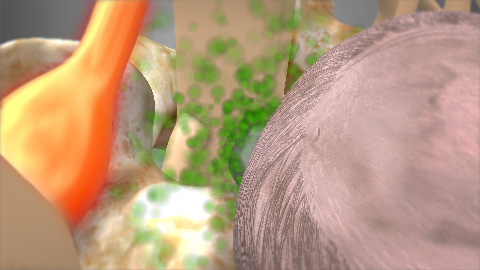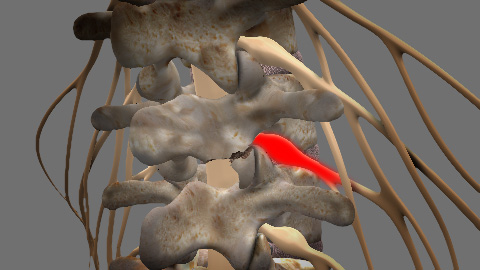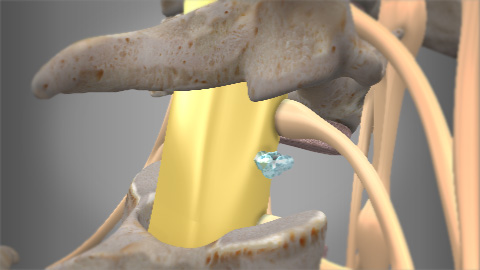Common Complications of Spine Surgery
PART TWO
What are the most common complications in spine surgery that could be causing you pain?

While most spine surgeries are designed to relieve pressure on the nerves or spinal cord, sometimes, the herniated disc or bone spur is not completely removed. This can leave residual pressure on the nerve and cause the pain to persist. If this is the case, your surgeon needs to determine if additional surgery is necessary to remove the residual material.

Trimming small bone areas is usually necessary to reach the offending herniated disc or bone spur. Sometimes, so much bone needs to be trimmed that it can cause the spine to become unstable. The bone removed contains essential components that keep the spine segments aligned to each. Its removal leads to excess movement, which in turn causes pinching of the nerves.
The associated symptom is increased shooting or “lightning bolt” like pains resulting from certain bends or twists of the spine. Unfortunately, a development of an instability may necessitate additional fusion surgery. If you experience any persistent shooting pain, please contact your surgeon.
For those who had a great outcome after surgery, then suddenly re-develop severe radiating pains, there is a chance that another disc herniation occurred at the exact same location. This is called a recurrent disc herniation and it’s identified during a repeat diagnostic study.
The good news is that the recurrent disc herniation can be resolved without surgery, although it may be a very uncomfortable several weeks. If it doesn’t resolve itself, additional surgery may be recommended. Depending on the location of the recurrent disc, your options may include something as simple as a repeat disc surgery to a more aggressive fusion surgery.
Within a few days to weeks post-op, if you develop a fever and experience increasing pain, there’s a chance you developed an infection. Most of the time, a superficial skin infection can be treated with antibiotics.
Infections deeper than the skin may require your surgeon to open the incision back up to clean out the infection. Your surgeon should be contacted immediately if you show any signs of an infection.
If you develop severe headaches after your spine surgery, you might be experiencing something called a CSF leak. The nerves of the spine are encased in a tube of water. This tube is called the dural or thecal sac. The fluid inside the tube is called cerebral spinal fluid or CSF. During surgery, sometimes the manipulation of the nerves can cause a small nick to this tube of fluid. If the nick is identified during surgery, it is sewn up and the results of surgery should not be affected.

On rare occasions, this nick is not visible during the surgery. But once you’re awake, you might get severe headaches, especially when sitting or standing. If this is the case, tell your surgeon. Further testing will be necessary to identify the nick, or fluid leak. If small enough, it can be treated with bedrest. If the fluid leak is larger and more persistent, you may need to have additional surgery to repair the fluid leak.
There are other potential causes of residual or increasing pain after surgery, but these are the most common ones.
To those of you who are still in pain after surgery, I want to reassure you that this pain is common and usually temporary. Give your body time to heal, and do what you can to help your body heal as quickly as possible. Regular exercise and stretching will help strengthen your damaged tissue from the surgery.
Now, to those of you still considering surgery, I hope I haven’t scared you off — but you should be aware of these risks. Fortunately, the most common ones are only temporary. But before pursuing any elective surgery, it’s important for you to research the potential complications and associated risks.
If you haven’t checked it out yet, our previous blog post explains the common non-complication causes for pain after spinal surgery.
Until next time.
Citations
- Lebude B, Yadla S, Albert T, Anderson DG, Harrop JS, Hilibrand A, Maltenfort M, Sharan A, Vaccaro AR, Ratliff JK. Defining "complications" in spine surgery: neurosurgery and orthopedic spine surgeons' survey. J Spinal Disord Tech. 2010 Dec;23(8):493-500. PubMed PMID: 20124913
- Zeidman SM, Ducker TB, Raycroft J. Trends and complications in cervical spine surgery: 1989-1993. J Spinal Disord. 1997 Dec;10(6):523-6. PubMed PMID: 9438819
Last modified: October 21, 2020









